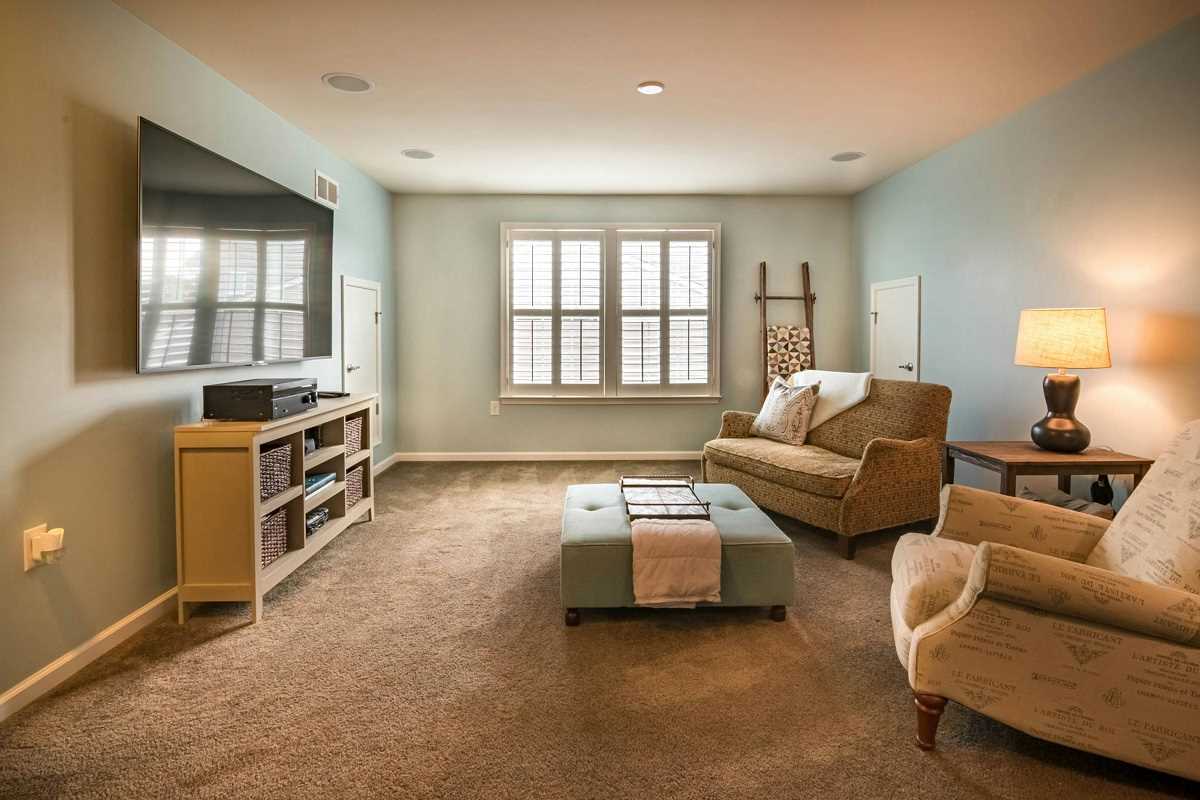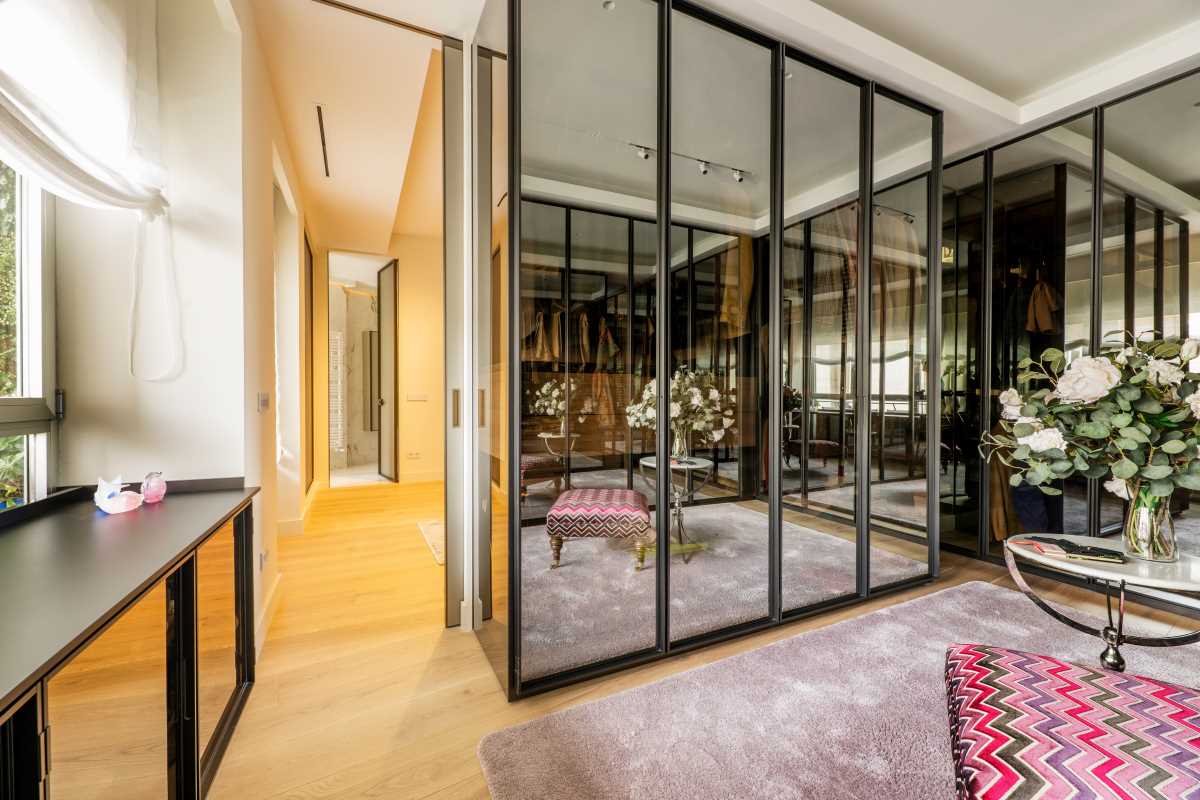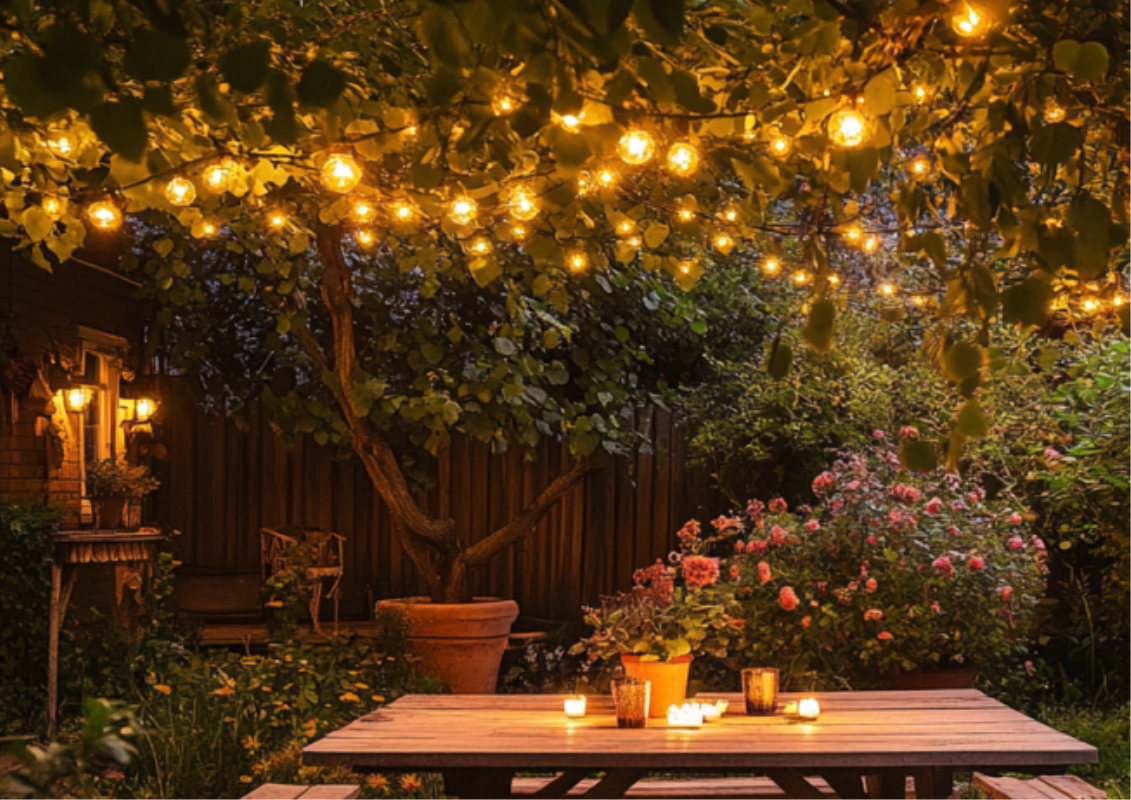Your living room is the heart of your home, a space to relax, entertain, and make memories. But, achieving a perfectly balanced living room design can feel like a tricky puzzle. Making a functional and comfortable, yet inviting and stylish living room is not as complex as it might seem. With a little planning and attention to key design elements, you can create a harmonious space you’ll love to spend time in.
Here are the six essential elements that create a perfectly balanced living room design, plus tips on bringing them to life in your home.
1. Thoughtful Furniture Arrangement
At the core of a well-balanced living room is a smart furniture layout. The arrangement sets the tone for how the room functions and flows.
Key Tips for Layout:
- Establish a Focal Point: Identify the main feature of the room, whether it’s a fireplace, TV, or a large window. Arrange your seating so it highlights this focal point.
- Create Conversation Zones: Position sofas and chairs to encourage conversation. A U-shape or L-shape layout works beautifully for cozy interaction.
- Leave Room to Move: Aim for at least 3 feet of walking space between furniture pieces in high-traffic areas. Avoid cramming too many items into the space.
- Anchor with a Rug: A properly sized area rug can pull the whole arrangement together. Make sure at least the front legs of all furniture sit on the rug for cohesion.
Example: If your living room is small, opt for a loveseat instead of a full-sized sofa, paired with two armchairs that you can easily reposition for gatherings.
2. A Harmonious Color Palette
A strategic color scheme is vital to creating balance in your living room. The right combination of neutrals, accents, and pops of color can make the space look cohesive and serene.
How to Perfect Your Palette:
- Choose a Base Color: Start with a neutral base, like white, gray, or beige, to keep the room clean and timeless.
- Add Accent Shades: Incorporate two to three accent colors through cushions, throws, art, or a statement chair.
- Balance Warm and Cool Tones: To maintain harmony, pair warm hues (reds, yellows) with cool tones (blues, greens).
- Stick to the 60-30-10 Rule: Use your base for 60% of the room, your secondary color for 30%, and the boldest accent for 10%.
Quick Tip: If you’re hesitant about committing to bright colors, use them sparingly in accessories that can be easily swapped out.
3. Layered Lighting
Lighting does more than just brighten a room; it sets the mood and brings depth to your design. A balanced living room includes a mix of lighting types for functionality and ambiance.
The Three Layers of Lighting:
- Ambient Lighting: This is your main source of light, like overhead fixtures or recessed lighting.
- Task Lighting: Add lamps for specific tasks like reading, working, or playing games. Table lamps and floor lamps are great for this.
- Accent Lighting: Use smaller lights, like wall sconces or string lights, to highlight artwork, plants, or architectural details.
Pro Tip: Choose warm LED bulbs for a cozy glow, and don’t forget dimmer switches for added control over brightness.
4. Comfortable Textures and Materials
The perfect living room balances hard and soft materials to create visual contrast and tactile appeal. A mix of textures makes the space feel interesting and layered.
How to Mix Textures:
- Soft Elements: Introduce plush rugs, cozy throws, linen curtains, or velvet cushions to make the room feel inviting.
- Hard Materials: Use wood, metal, or glass for furniture and decorative accents to balance out softer items.
- Natural Textures: Incorporate woven baskets, rattan chairs, or indoor plants for an organic vibe.
- Layer Your Textiles: Pile up cushions on a sofa or drape a chunky knit blanket over an armchair for maximum coziness.
Example: Pair a sleek leather sofa with a soft faux-fur throw and a natural jute rug for a perfect textural blend.
5. Well-Selected Decor and Accessories
The right accessories bring character to your living room and tie everything together. However, it’s important not to overdo it. Aim for balance between decoration and open space.
Tips for Decorating Like a Pro:
- Focus on Scale: Choose decor pieces that are proportional to your furniture. For example, a large vase should sit on a substantial coffee table, not a tiny side table.
- Use the Rule of Thirds: Arrange decor in odd numbers (like three or five) for a visually pleasing setup.
- Combine Heights: Vary the height of items—for instance, a tall lamp, a medium-sized plant, and a stack of books—to create an interesting display.
- Personalize It: Add family photos, souvenirs from your travels, or your favorite artwork for a personal touch.
Quick Tip: Less is more. Don’t overcrowd your coffee table or shelves; leave room to breathe!
6. A Sense of Symmetry and Balance
Finally, a balanced living room design hinges on getting the proportion and placement right. Symmetry naturally creates a sense of order and sophistication in any space.
How to Create Symmetry:
- Match Pairs: Use matching side tables and lamps on either side of a sofa for a classic look.
- Balance Visual Weight: If one side of the room has a large item (like a couch), balance it with an equally substantial piece on the other side (like a bookcase or an art cluster).
- Avoid Being Too Matchy: While symmetry is important, it doesn’t mean everything needs to be identical. Play with similar shapes or colors to keep it cohesive but interesting.
Example: Pair a large sofa with a coffee table in the center and two accent chairs angled slightly on the sides for an inviting seating arrangement.
Designing a perfectly balanced living room is all about paying attention to these six key elements. The goal isn’t for your living room to look like it came straight out of a catalog. It’s about creating a balance that feels natural and reflects your personality.
 (Image via
(Image via





